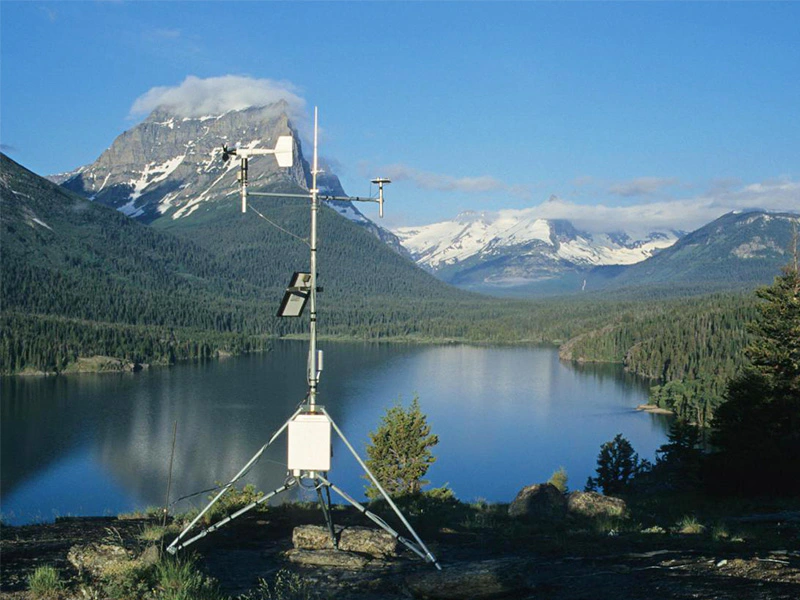Sports Card Blogs
Recent headlines and news,Premier league, champions league, European and world football football news.
Recent headlines and news,Premier league, champions league, European and world football football news.

# Meteorological Station Weather Data Analysis
## Introduction to Meteorological Stations
Meteorological stations play a crucial role in collecting weather data that helps us understand climate patterns and predict future weather conditions. These facilities are equipped with specialized instruments to measure various atmospheric parameters such as temperature, humidity, wind speed, and precipitation.
## Key Weather Parameters Measured
Modern meteorological stations typically monitor several essential weather elements:
– Temperature (both air and ground)
– Atmospheric pressure
– Humidity levels
– Wind speed and direction
– Precipitation amounts
– Solar radiation
– Visibility conditions
## Data Collection Methods
Meteorological stations employ various techniques to gather accurate weather information:
### Automated Systems
Most contemporary stations use automated sensors that continuously record data and transmit it to central databases. These systems provide real-time monitoring capabilities and reduce human error.
### Manual Observations
Some stations still maintain traditional manual observation methods, particularly in remote areas or for specific research purposes. These include:
– Reading mercury thermometers
– Measuring rainfall with standard gauges
– Observing cloud cover visually
## Importance of Weather Data Analysis
Analyzing meteorological station data serves multiple critical purposes:
1. Weather forecasting and early warning systems
2. Climate change research
3. Agricultural planning
4. Aviation safety
5. Urban planning and infrastructure development
## Challenges in Weather Data Interpretation
While meteorological stations provide valuable information, several challenges exist in data analysis:
– Instrument calibration and maintenance
– Data gaps due to equipment failure
– Microclimate variations affecting localized measurements
– Long-term consistency in measurement techniques
## Future of Meteorological Stations
Technological advancements are transforming weather monitoring:
– Integration of satellite data with ground stations
– Development of more compact and portable monitoring devices
– Increased use of AI for pattern recognition in weather data
– Expansion of citizen science weather networks
The continuous improvement of meteorological stations and analysis methods will enhance our ability to understand and predict weather phenomena, ultimately leading to better preparedness for extreme weather events and more accurate climate models.
Keyword: meteorological station